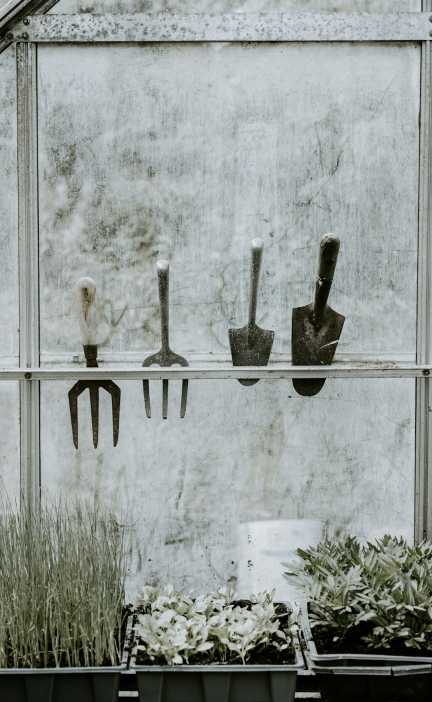Creating a Wildlife-Friendly Garden
In today’s fast-paced world, it has become more important than ever to create spaces where wildlife can thrive. With increasing urbanization and habitat destruction, many species of wildlife are struggling to find suitable places to live and raise their young. By creating a wildlife-friendly garden, you can help provide sanctuary for a wide variety of insects, birds, and other animals, while also adding beauty and interest to your outdoor space.
Here are some tips for creating a garden that is welcoming to wildlife:
1. Choose Native Plants: One of the best ways to attract wildlife to your garden is to plant native species of plants. Native plants provide food and shelter for a wide range of animals, from pollinators like bees and butterflies, to birds and small mammals. Native plants are well adapted to the local climate and soil conditions, making them easier to care for and more likely to thrive in your garden.
2. Provide Food Sources: Different types of wildlife have different dietary needs, so it’s important to provide a variety of food sources in your garden. Planting a mix of nectar-rich flowers, berry-producing shrubs, and seed-bearing plants will attract a diverse range of creatures. You can also put out bird feeders, bird baths, and insect hotels to supplement the natural food sources in your garden.
3. Create Shelter: Wildlife need shelter for protection from predators and the elements, as well as for nesting and raising their young. You can create shelter in your garden by planting dense shrubs and trees, providing rock piles or log piles, and installing birdhouses and bat boxes. Leaving some areas of your garden wild and untamed can also provide valuable shelter for wildlife.
4. Avoid Chemicals: Pesticides, herbicides, and synthetic fertilizers can be harmful to wildlife, as well as to the soil and water in your garden. Instead of using chemicals, try using natural pest control methods like beneficial insects, companion planting, and hand-picking pests. You can also fertilize your garden with compost and organic materials to improve soil health and fertility.
5. Provide Water: Water is essential for wildlife, especially during hot, dry periods. Providing a source of water in your garden, such as a birdbath, pond, or small stream, will attract birds, insects, and other creatures. You can also create a wildlife-friendly water feature by adding rocks or logs for animals to perch on and drink from.
6. Encourage Diversity: A diverse garden is a healthy garden, and a healthy garden is a wildlife-friendly garden. By planting a variety of plants and creating different habitats in your garden, you can support a wide range of wildlife species. Diversity in your garden will also help to create a balanced ecosystem, with predators keeping pest populations in check and pollinators ensuring the success of your plants.
7. Provide Nesting Sites: Many species of wildlife need specific types of nesting sites in order to breed successfully. By providing nesting boxes, birdhouses, and other structures in your garden, you can attract nesting birds, bats, bees, and other animals. Be sure to place nesting sites in appropriate locations, away from predators and protected from the elements.
8. Maintain Your Garden: Regular maintenance of your garden is essential for keeping it wildlife-friendly. Remove invasive species of plants, control weeds, and prune shrubs and trees as needed. Keep bird feeders clean and filled with fresh food, and clean out birdhouses and bat boxes regularly. By keeping your garden well-maintained, you will ensure that it remains a safe and welcoming place for wildlife.
In conclusion, creating a wildlife-friendly garden is not only beneficial for wildlife, but also for you as a gardener. By following these tips and guidelines, you can create a beautiful, sustainable garden that supports a diverse range of wildlife species. Start small by adding a few native plants and provide food and water sources, and gradually expand your garden to include different habitats and nesting sites. With a little time and effort, you can create a garden that is not only a sanctuary for wildlife, but also a source of joy and inspiration for yourself and others.

